Taking his cue from an exhibition in Hong Kong, Gennady Oreshkin maps the trajectory of minerals in Chinese material culture. Turned into jewelry and decorative objects since ancient times, they can be found today in items of everyday wear, like watches.
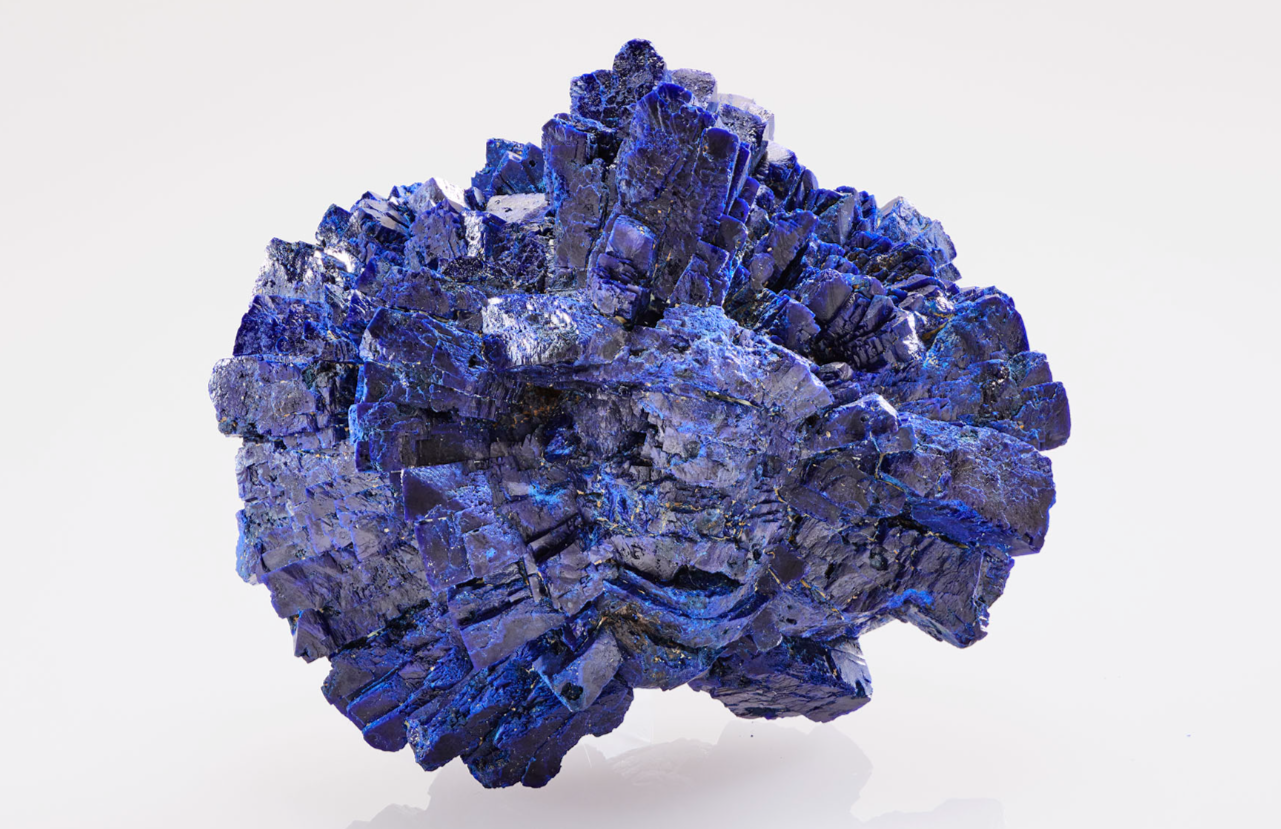
China is rich in minerals. Precious stones like diamonds, sapphires and rubies can be sourced from the mines in the northern provinces of Heilongjiang, Jilin and Liaoning. The southern province of Guangdong and the neighboring Guangxi Zhuang autonomous region, on the other hand, are home to fluorite, quartz, malachite, serpentine jade and chalcedony mines.
Specimens collected from some of these locations, as well as elsewhere in the world, are now on display at the Journey with Minerals exhibition, hosted by L’École Asia Pacific School of Jewelry Arts. As its name suggests, the show presents a fascinating array of minerals that are most commonly used to make jewelry and also in other ways. Highlights include a piece of gold-toned pyrite mined in La Rioja, Spain; an extraordinary piece of naturally sculpted spherical pyrite perched on a bed of quartz from Romania; a Mexican opal with rhyolite nodules; and an unpolished tektite as well as an azurite from Guangdong.
READ MORE: Romancing the store
Eloïse Gaillou, director of the Mineralogy Museum of the École des Mines de Paris — L’École Asia Pacific’s collaborator on the show — says that the azurite piece from Guangdong, which is on loan from her institute, “entered our collection thanks to an exchange made with a museum in Beijing back in 1980”. The piece, referred to as a “flower” for its eye-catching organic form, is a testament to the exquisite handiwork of nature.

Powerful presence
Crystallized forms of certain minerals have always had a special place in Chinese culture. According to feng shui guidelines, an azure crystal releases positive energy, helps clear physical and emotional blockages, facilitates good circulation and helps to ward off negativity and emotional stress. Tektites, on the other hand, are supposed to make great meditation aids. When placed near electronic gadgets such as a TV or personal computer, a tektite crystal is expected to absorb and mitigate electromotive force.
The most popular mineral in Chinese material culture is of course jade or jadeite — a microcrystalline interlocking growth of crystals — because of its spiritual associations. The mining of jade began in the third millennium BC, about the same time as its use to make decorative and religious objects, such as the Six Ritual Jades with its symbolic associations. This group of objects consists of a flat round disc with a hole in its center, called bi, representing heaven; a square tube, or cong, which is the symbol of the Earth; a flat half-ring pendant, referred to as huang; a flat blade-like gui; a harvesting knife or hu and a forked blade, called zhang. The last four represent the north, east, west and south respectively.
Since ancient times, each variety of jade was used for a specific purpose. Serpentine jade, for instance, is still used by apprentice jade carvers before they’re ready to work on the more-valuable varieties of the stone.
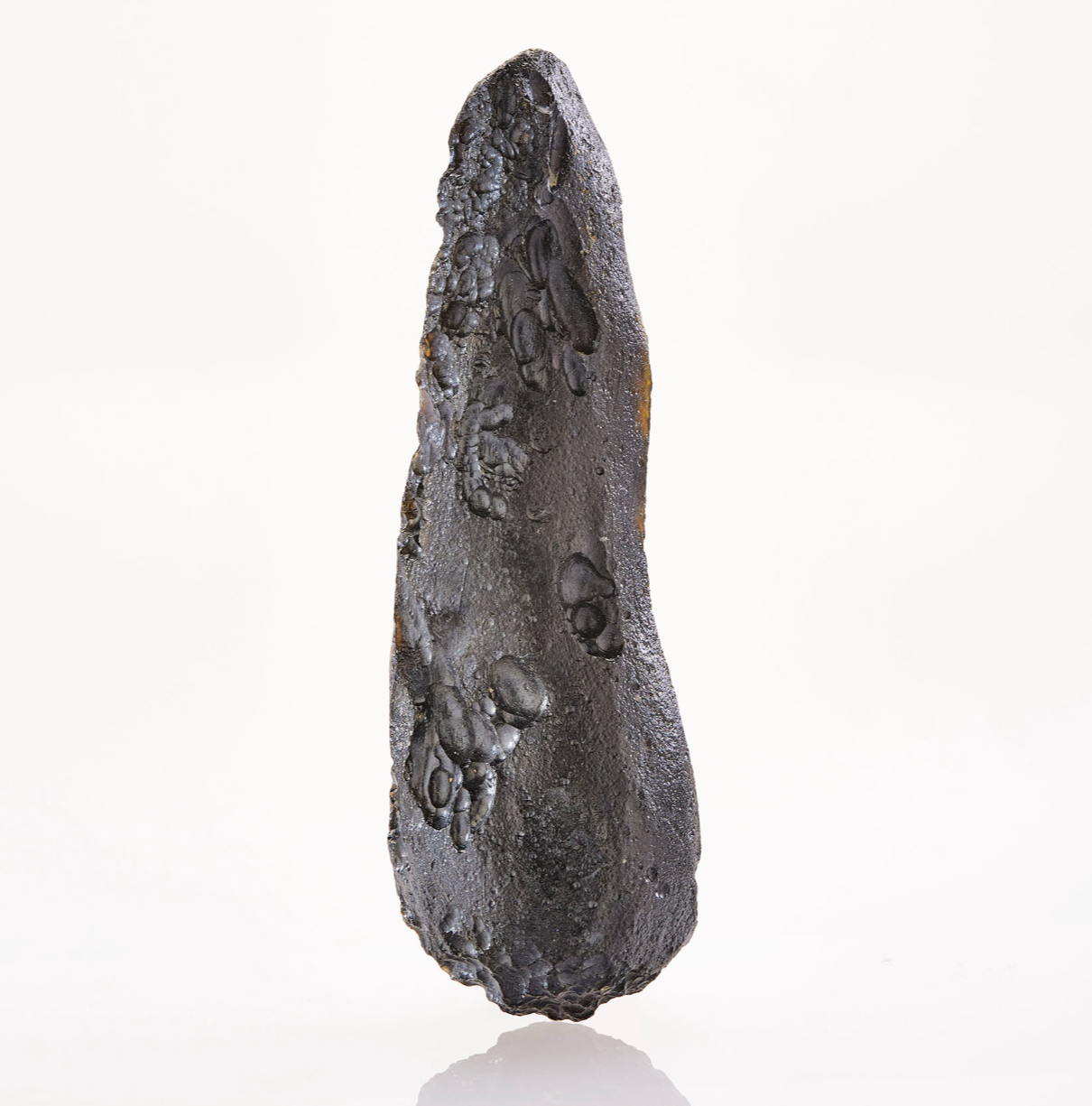
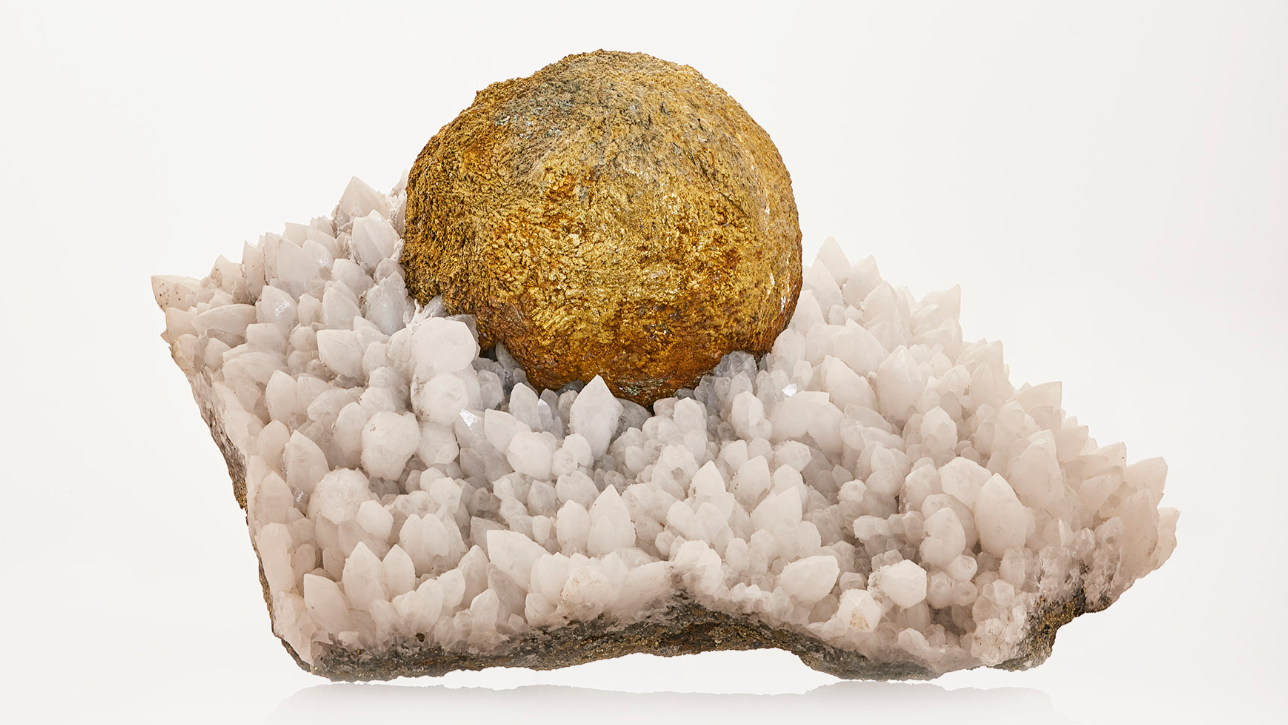
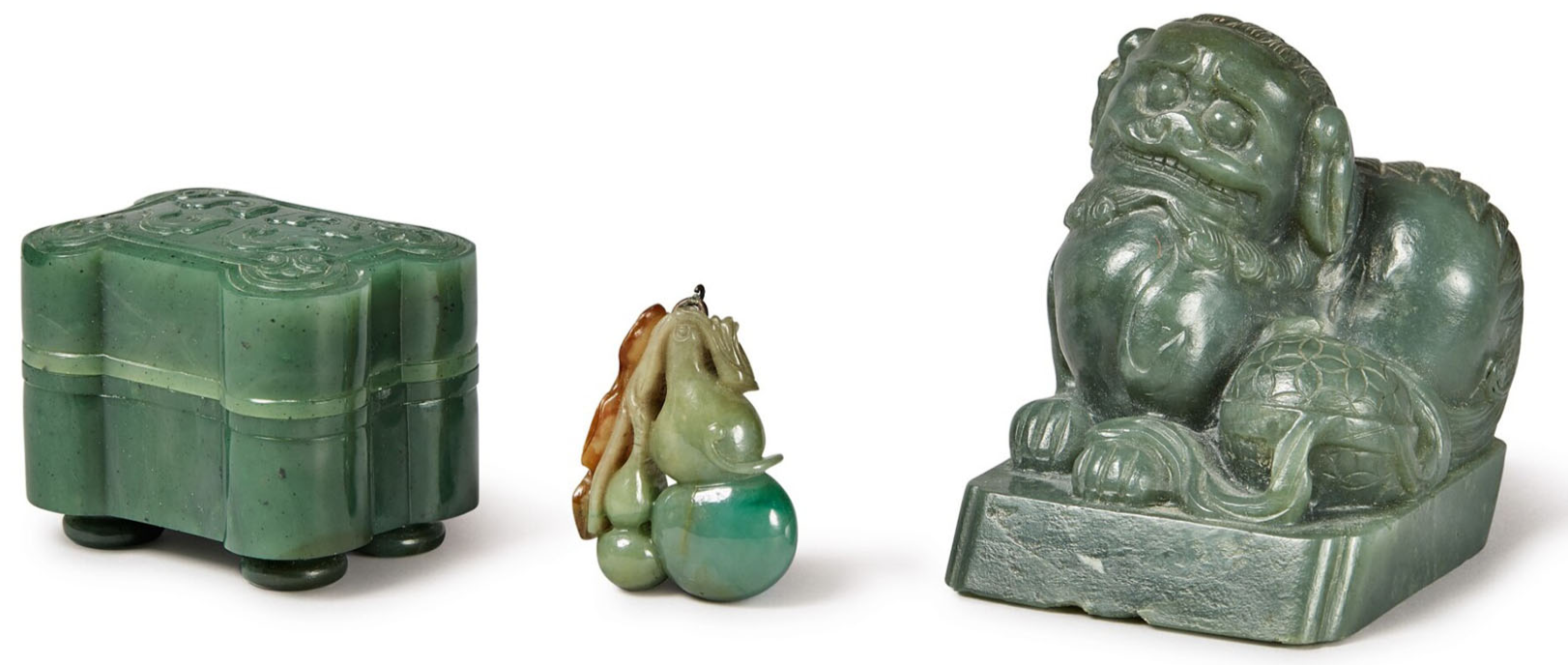
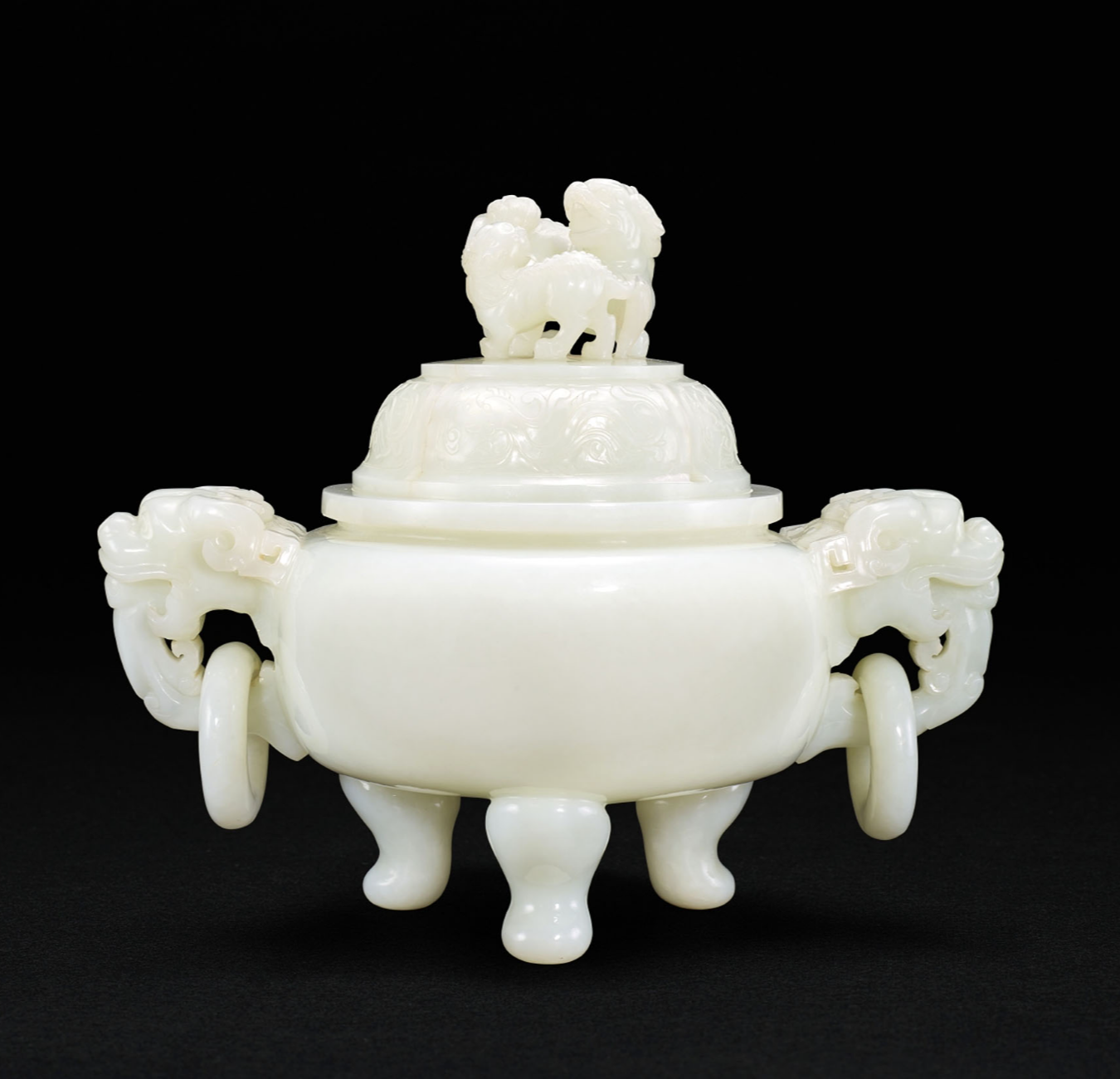
Keep it simple
The belief that the proximity to certain minerals, including precious stones, can lead to physical healing and material prosperity is still strong among a section of Chinese people, though nowadays, many of them prefer to wear said minerals inside their watches rather than as a piece of jewelry.
The trend makes complete sense, according to Sakura Tomita, gemologist, jewelry designer and founder of the Hong Kong brand Sakura Jewellery. She reminds us that minerals being highly fragile “are better protected by a sapphire glass cover of a watch and will likely last longer than if they were worn as beads in a necklace”.
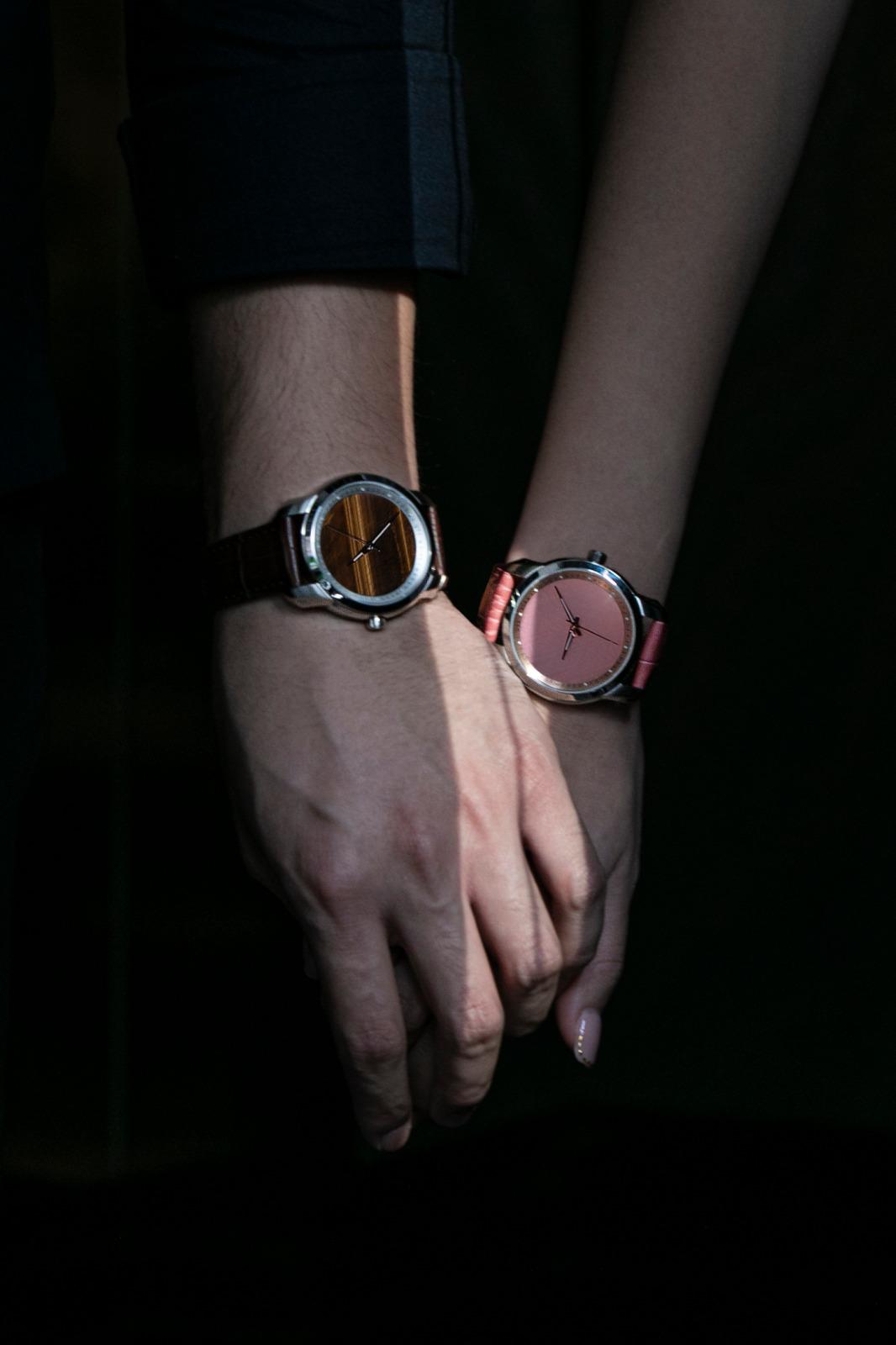
Swiss brands like Rolex and Omega are among the watch manufacturers using meteorites on the dials of their products. Rolex is also known for using malachite on watch dials, while Piaget often makes use of lapis lazuli. The newest addition to Louis Vuitton’s Escale collection comes with a black onyx dial with a Widmanstätten pattern — a distinctive crisscross design created as a result of the crystallization of iron and nickel to form an alloy.
Closer to home, the Aura collection recently launched by the Hong Kong watch brand Urban Time Imagination (UTI) includes watches that come with white jade, onyx, charoite, jasper, labradorite, lazurite, rose quartz, Australian jade, malachite and tiger eye dials. According to the brand’s founder, Hysan Kong, the last two minerals have proved to be the most popular among Hong Kong customers.
UTI also has products in which the minerals remain hidden behind the watch dial.
“Chinese men often wear crystals threaded into a necklace so that the stone is in contact with their skin to attract love and prosperity as well as ensure spiritual protection,” Kong says. “But sometimes you want to be subtle and don’t want people to know that you are trying to attract money. That’s why we chose to insert mineral plates behind the dial of our Aura watches.”
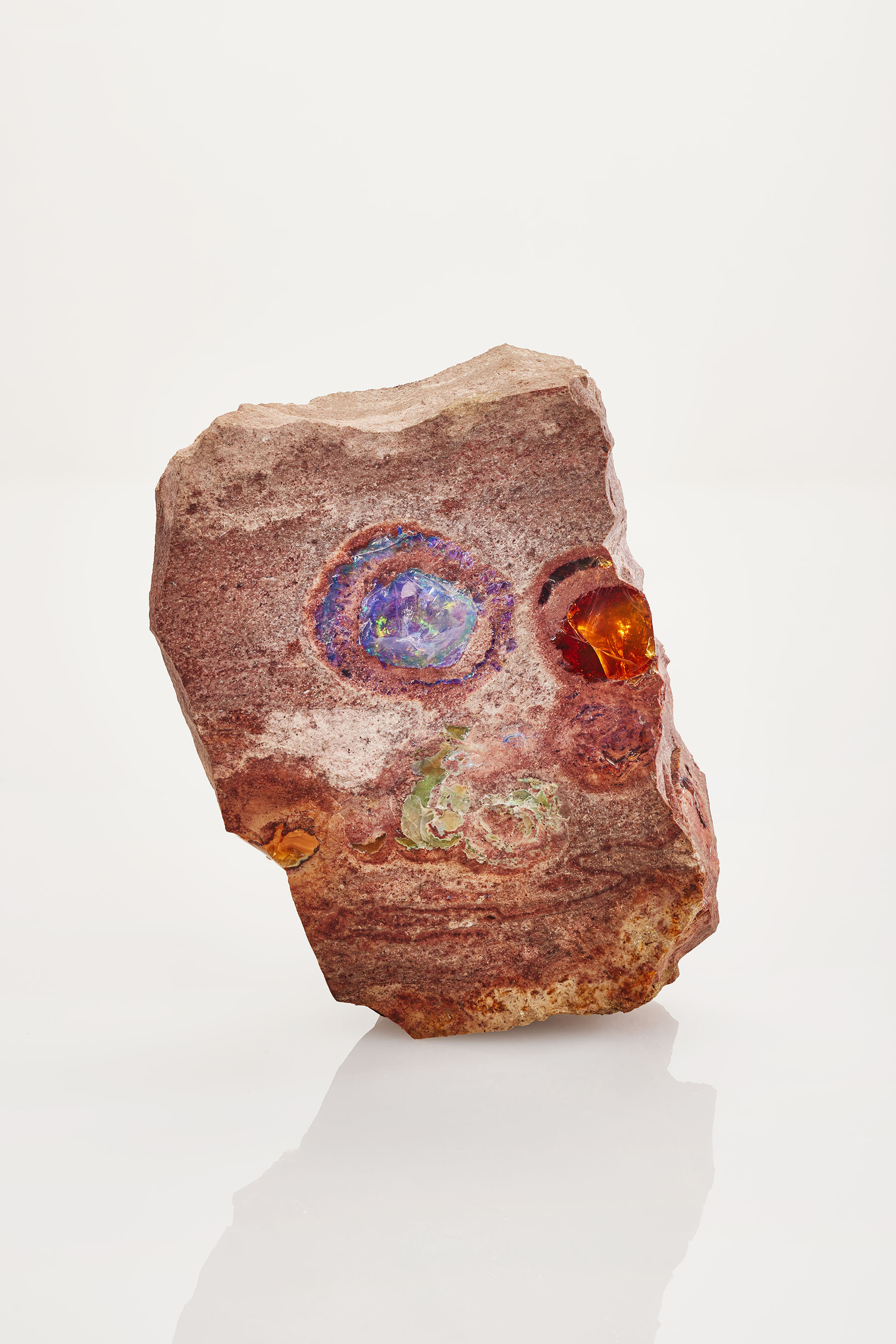
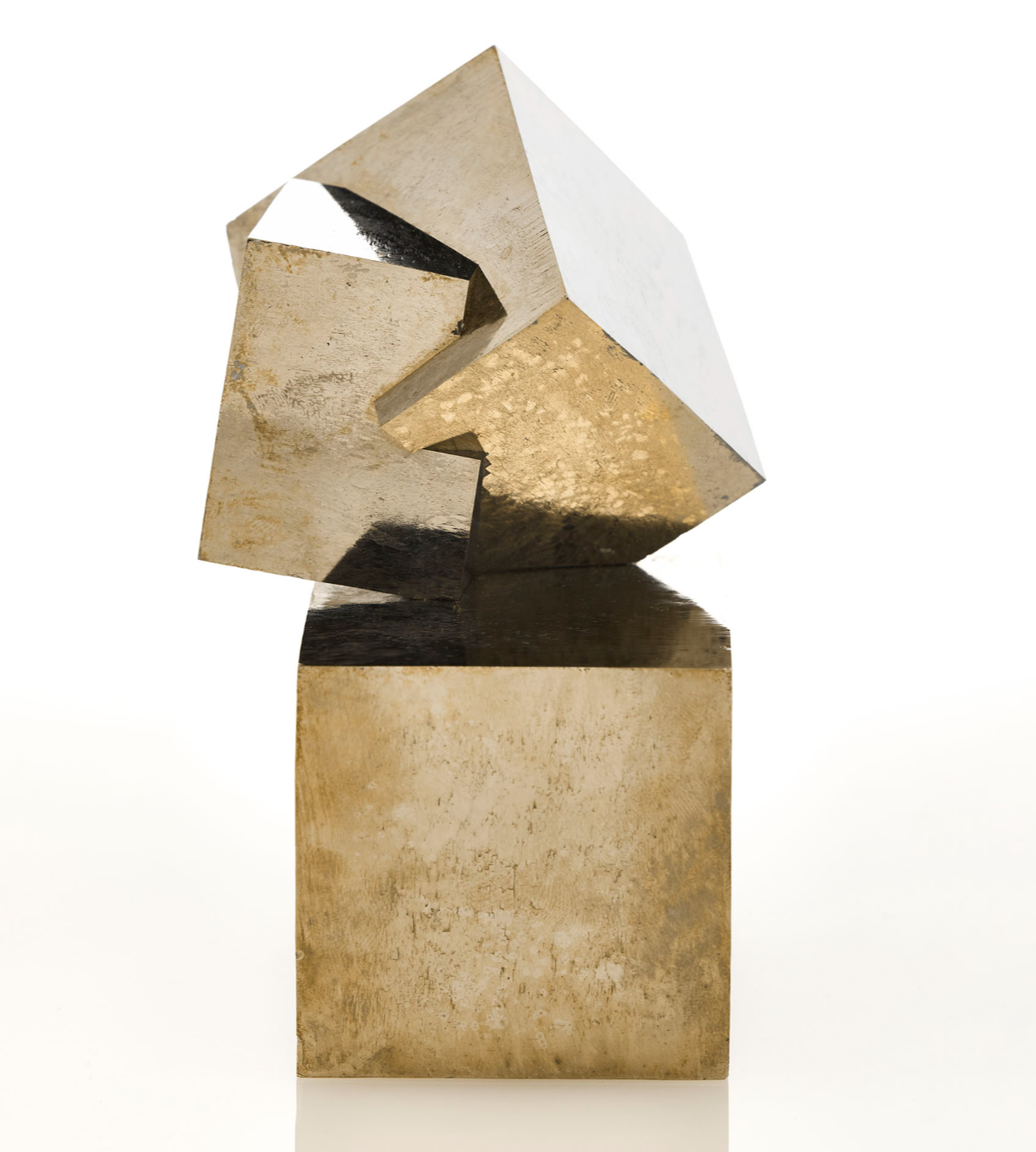
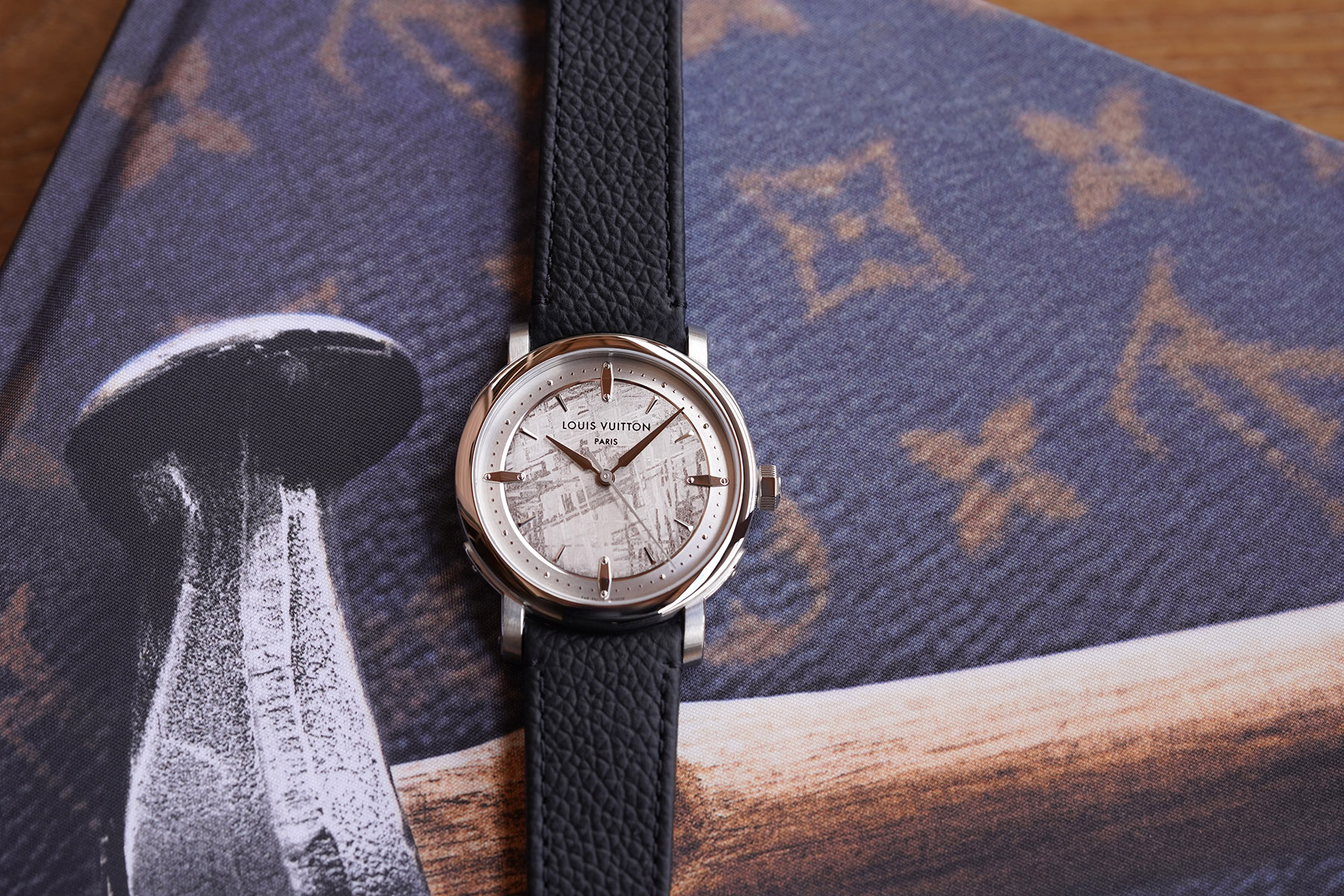
Kong says that his customers simply love a malachite watch, as the mineral is associated with health and happiness in Chinese culture. “We source these stones from Myanmar and have them cut at our facility on the Chinese mainland. It can be difficult to cut a piece that has the perfect striped, or circular, pattern without scratches, so the fail rate is rather high,” he says. Much of the tiger eye, white jade lepidocrocite, rose quartz and obsidian used in UTI watches, however, are sourced from the Chinese mainland.
ALSO READ: Designs on heritage
In Hong Kong, most people buy minerals either because they are making an investment or for spiritual reasons. The former group comprises seasoned investors who can shell out substantial sums of money to buy their wares from reputed mines. As for the rest, it seems the tradition of wearing a piece of mineral with the supposed power to attract love, health and wealth is here to stay, though it may not be worn in traditional ways.
If you go
Journey with Minerals
Date: Through Oct 31
Venue: L’ÉCOLE Asia Pacific, Schools of Jewelry Arts, 510A, 5/F, K11 MUSEA, Victoria Dockside, 18 Salisbury Road Tsim Sha Tsui Kowloon
www.lecolevancleefarpels.com/hk/en/exhibition/journey-with-minerals


